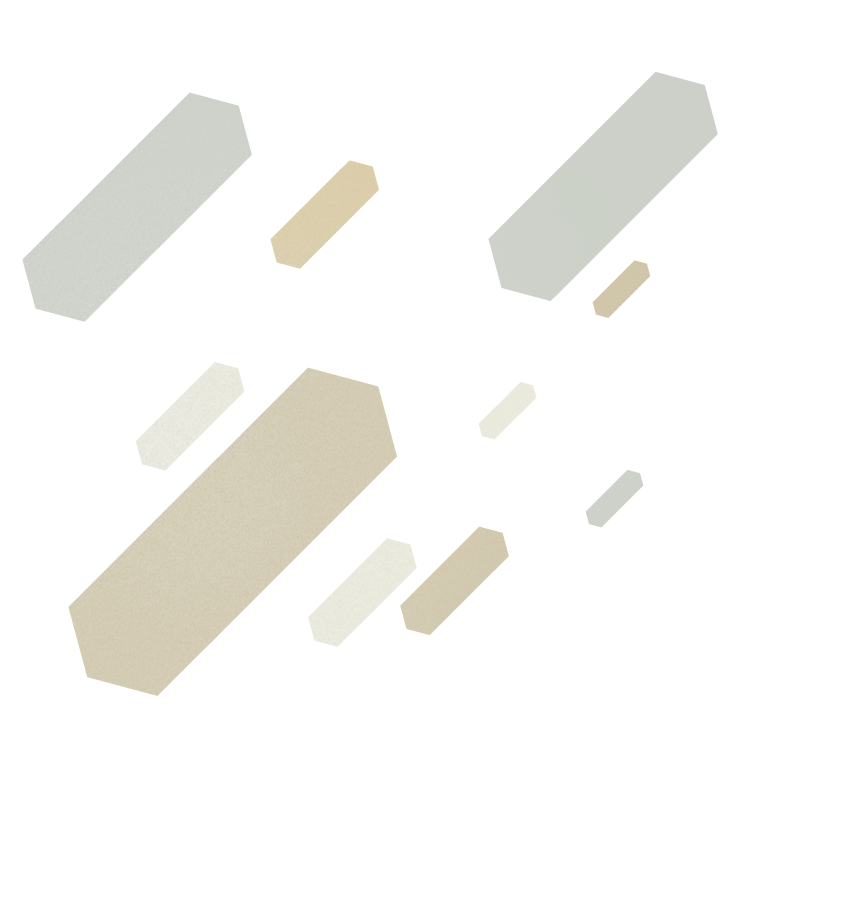


(The Book of Abodes)
Composing in New Synaesthetic and Interdisciplinary Spaces:
Libro de las estancias (The Book of Abodes) as a Musical, Architectural, and Visual Installation Proposal
Libro de las estancias is a piece written in response to a joint commission from the Granada International Music and Dance Festival and the Valencia Institute of Music. The work was premiered on 9 July 2009 in the atrium of the Caja Granada building as part of the aforementioned festival’s programme. Performers were Carlos Mena (countertenor), Marcel Pérès (Arab voice), and Isabel Puente (piano), along with the Choir of the Generalitat de Valencia, the Orquesta Ciudad de Granada, and the Freiburg Experimentalstudio für akustische Kunst (Joachim Haas, Gregorio García Karman, and Sven XX), under the direction of José María Sánchez-Verdú (conductor I) and Joan Cerveró (conductor II).
The work embodies a pilgrimage through seven abodes, seven time spaces that stake out an itinerary through poetic-sonorous images ranging from the desert to writing (in remembrance of Edmon Jabès), and from rooms fraught by concepts such as time or the labyrinth to others laden with symbolic materials linked to the work’s content, such as lead, stone, and alabaster. The work is a poetic reflection on sound, space, light, and the voice. It is a great palimpsest composed as a meditation on a part of Spain’s history that goes beyond the merely sociological or political reality of the period ushered in by the expulsion of the Moriscos (Moorish converts) after the 1609 decree. This religious and political controversy, with its multifaceted development over a long period of rapprochements and misunderstandings, is the context that partly nourishes this work. However, the scenic and musical proposal and its own dramaturgy go beyond this context.
Libro de las estancias attempts to reflect on two gazes, two differing views on man, art, and therefore the world, that have old roots in history and yet remain current. Spain, by way of Al-Andalus, has long been an exceptional hybrid and meeting point for both ways of seeing the world and living in it. I am speaking here of an “Arab gaze” and a “Western gaze”. The former seems to arise from the desert and is fed by particular ways of organizing space, light, sound, and life itself, tinged and enriched by Islam. The Western gaze, stemming from the Greco-Roman heritage, is permeated via Christianity by an essentially different way of observing and inhabiting the world.
As in Islamic poetry, the themes and texts in Libro de las estancias are alluded to but not directly exhibited. The two gazes are linked as well to two fictions that have shaped not only Spain’s fate but also the paths of these two different worlds.
Libro de las estancias is structured in seven movements or “abodes”, besides two interludes, which define seven spaces, i.e. seven meetings with symbols and writings of memory:
1 The Abode of the Desert
2 The Abode of Lead
Interlude I
3 The Abode of Memory
4 The Abode of Stone
5 The Abode of the Labyrinth
Interlude II
6 The Abode of Alabaster
7 The Abode of Writing
Each of the parts proposes a different dramaturgy of sound, space, and color. The Arab voice (Marcel Pérès) confronts the Western voice of a countertenor (Carlos Mena); in their spatial arrangement the two gazes/fictions create opposing and symmetrical spaces.
The basic sources of the work are two manuscripts of extreme importance for each of the two gazes/fictions. One is the manuscript of Torre Turpiana, seemingly discovered in 1588 when a tower of unknown antiquity, located in the major mosque of Granada where the cathedral now stands, collapsed. It is one of the first examples of the Morisco forgery, surely composed by people with intellectual learning and a full command of both Castilian and Arabic. The second fundamental source is the manuscript of Codex Calixtinus, preserved in the Cathedral of Santiago, which holds a large number of texts and musical pieces about St. James the Apostle and the world of pilgrimages to Santiago de Compostela.
The traditional concept of stage/audience is abolished in this work. Implicit in the score is a spatial and architectural production that requires the audience to be able to move around the whole space at will. The audience is free and autonomous to see, to hear, to approach the sound source or keep at a distance; it reacts to sound and light individually, according to each one’s own free choice. The work is open to a deliberate multiplicity of manners of perception: thus one single person can have significantly diverse experiences of it.
The building where this first performance of Libro de las estancias took place was designed by Alberto Campo Baeza, one of the foremost contemporary Spanish architects. The building was inaugurated in 2001 and is currently the headquarters of Caja Granada. Libro de las estancias, however, is designed and conceived to be developed and presented in spaces where the architectural idea of the cube, as an approximate shape, facilitates the actual spatial arrangement of all sound sources as specified in the score while enabling the projection of colours in that architectural space.
The auraphone: this installation-instrument, developed at the Freiburg Experimentalstudio with Joachim Haas, springs from my interest in creating an “aura”, a space of resonance where a certain series of resonating instruments (eight gongs and tamtams placed around the audience in the case of Libro...) interacts with the instrument players and the voices, sometimes independently, sometimes as a true direct response with all of them. It is not played by anybody but acts autonomously, controlled from the mixing table.
Libro de las estancias aspires therefore to articulate an imaginary scene where ritual acquires the maximum category of its expression, and echoes, resonance, and the aura contribute to recreate that gallery of duplications that envelop the spectator in a poetic overlap of images and endlessly superimposed worlds.
The use of light and colour, used in a streamlined and poetic fashion, stands out as an integral element of this work. The dramatic plot set for Libro de las estancias is directly linked to the use of colour by the Muslim architect in certain spaces such as the ceiling of the Palacio de Comares in the Alhambra.
Libro de las estancias is a journey through history and those two gazes/fictions; it is a pilgrimage through (musical) matter, through different texts, through space and light and its different hues.
José María Sánchez-Verdú
(abridged and edited by Wojciech Bońkowski)




